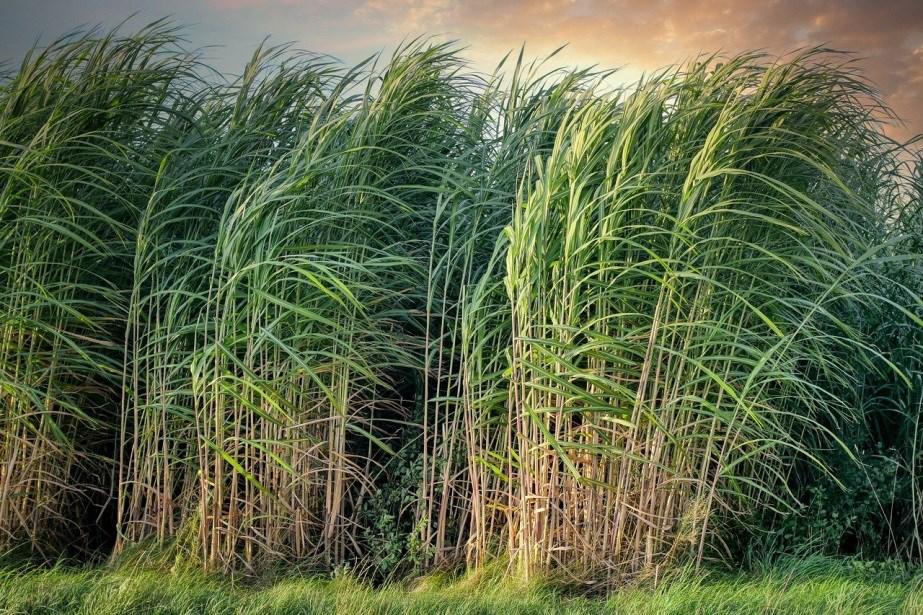Golf A to Z
Ace: A hit by which the ball goes into the hole in one shot. It is also called a hole-in-one.
Birdie: A score of one under par on hole. (A par is a pre-determined number of strokes that a golfer requires to put the ball in the hole. So if the par is 3 and the golfer puts the ball in the hole in 2 strokes, it's a birdie)
Caddie: A person who carries the player's clubs. He can also offer advice to the player.
Drive : The first shot of each hole which is usually hit with a driver (a type of golf club).
Even: A score equal to that of par.
Frenchie: A type of shot in which the player tries to hit the ball in a way that it bounces back to the tee (a small peg on which the ball is placed before being driven) into the fairway (A fairway is a good area where the ball can be hit properly.
Green: A smooth area of trimmed grass surrounding the hole which enables the players to hit the ball with precision.
Hole: A small circular hole in the ground. The aim of golf is to put the ball in the hole in as few strokes as possible.
In play: When the ball is within the playing area.
Jail: It is a term used when the ball is in an unplayable position (e.g. in thick undergrowth).
Knee Knocker: An easy short putt which a player shouldn't miss but often does. There are various reasons for missing this shot, the most common being the distance.
Lay-up: A stoke played to position the ball in a favourite spot for a better subsequent shot.
Match play: A form of golf in which players or teams compete against each other on a hole-by-hole basis. The winner is determined by the number of holes he has played.
Nine Iron: A club of the highest loft in the 'iron' family. It is used for short distance shots.
Out of bounds: An area that falls outside the boundaries of the golf course. If a player's stroke falls in the 'out-of-bound' area then he/she receives one stroke penalty and must hit the shot from the original spot once again.
Par: Standard score for a hole which is defined by the length of the course. It can also be the standard score for a course which can be derived from a sum of all the holes' pars.
Q-School: Qualifying school. The qualifying tournament in major professional tours, such as the PGA Tour, European Tour etc.
Recovery Shot: A stroke played to get oneself out of difficult situations (sand traps, weeds, trees etc.).
Starter: Also known as the tee master. He is the person who controls the play on a golf course.
Tap-in: A tap-in occurs when the ball is very close to the hole and all the player has to do is tap the ball into the hole.
Up and down: When the player holes the ball in just two strokes. The first stroke gets the ball 'up' on to the green, and the subsequent one gets the ball 'down' into the whole.
Vardon Grip: A style in which the right little finger rests on top of the left index finger. It is named after Harry Vardon, the golf superstar of the 20th century.
Whiff: An attempt to strike the ball which misses it completely. It is counted as a stroke.
Yips: Fear of short putts. It is a tendency to twitch during the putting stroke which results in poor accuracy.





 Sugarcane is a grass plant found in several varieties. Sugarcane juice has no fats, and is a 100 percent natural drink. It has zero content of cholesterol, fat, fibre and protein. But it contains ample quantities of sodium, potassium, calcium, magnesium, and iron.
Sugarcane is a grass plant found in several varieties. Sugarcane juice has no fats, and is a 100 percent natural drink. It has zero content of cholesterol, fat, fibre and protein. But it contains ample quantities of sodium, potassium, calcium, magnesium, and iron.








